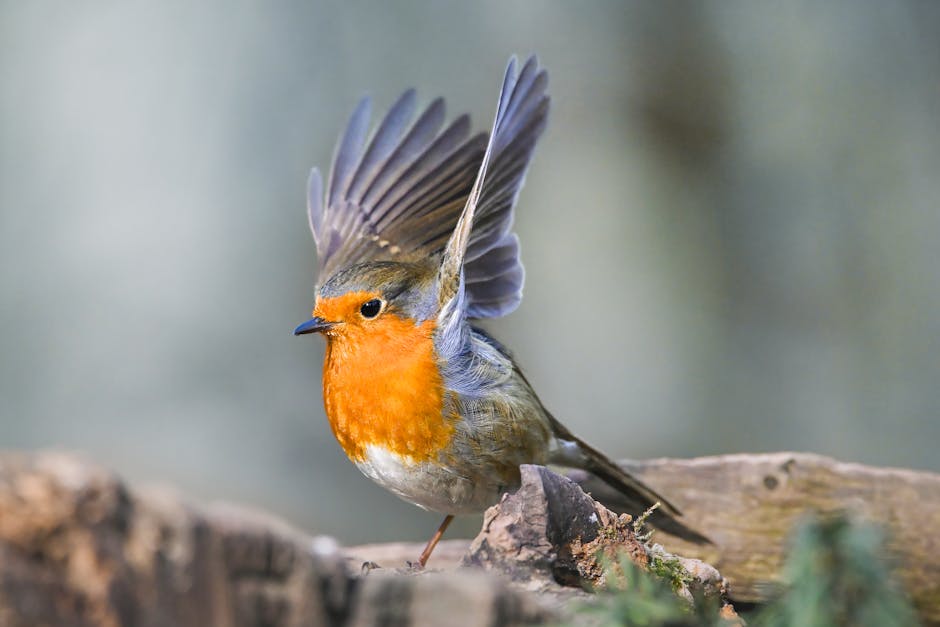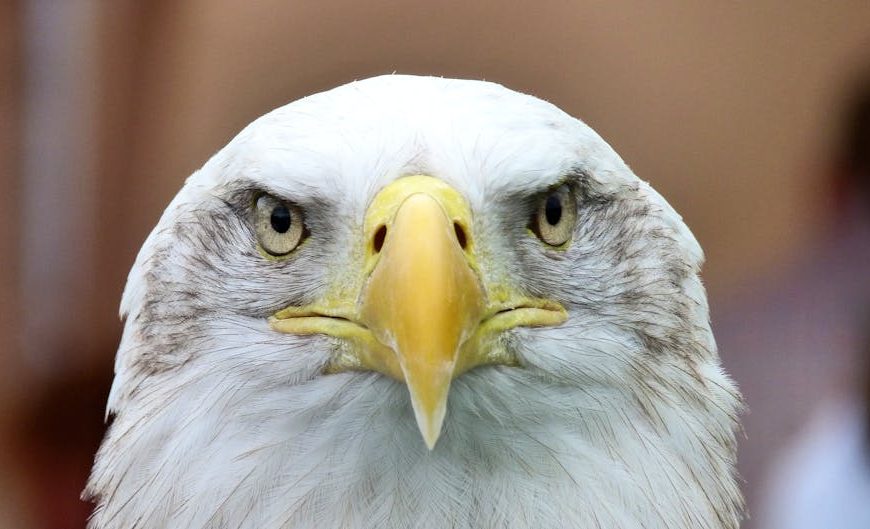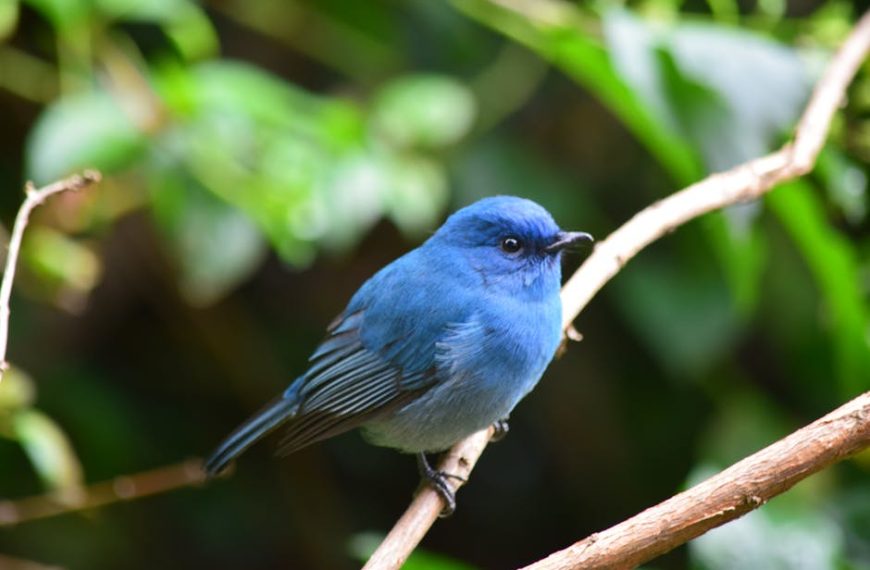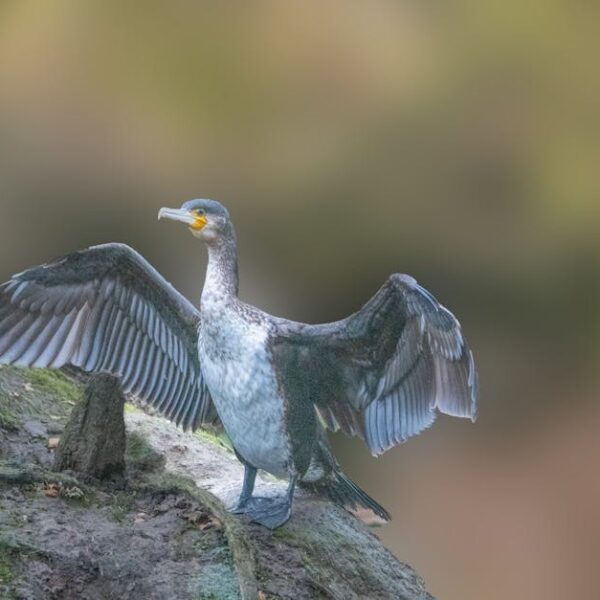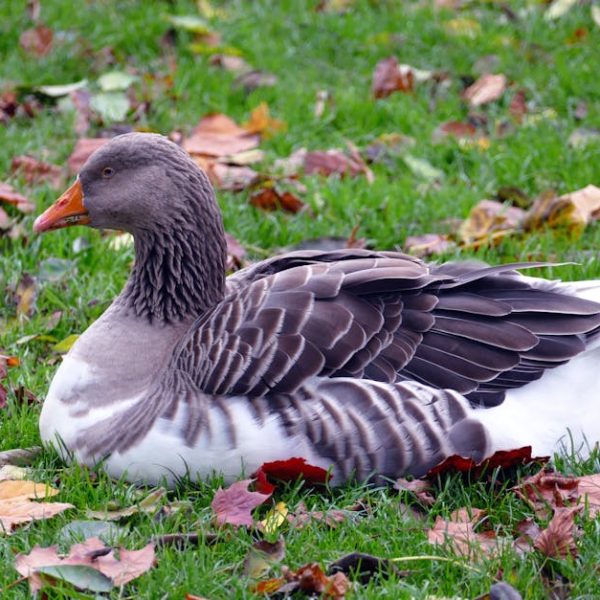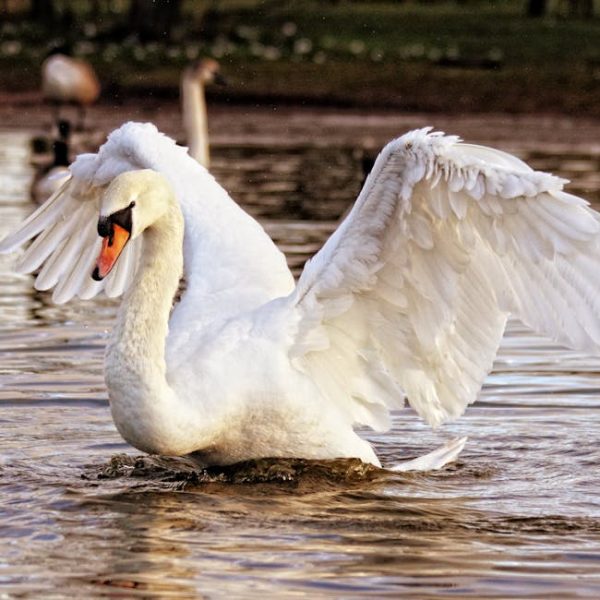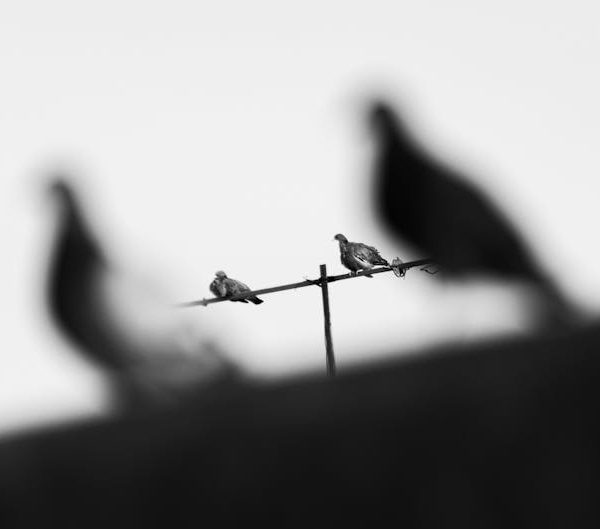Let’s dive headfirst into the world of our feathered friends and their intriguing behavior of perching on power lines. What drives birds to take a rest on these human-made structures, high above the ground? It’s a question asked by many a curious observer. The theory is twofold: firstly, power lines provide a perfect perch that grants birds a strategic advantage. Secondly, they offer safety, a fact that might seem surprising given electricity’s deadly potential. But never fear, we’re here to unravel the mystery in easy-to-understand terms.
Unraveling the Attraction: Understanding Bird Behavior
Birds, like any other creatures, exhibit behavior driven by survival instincts. Getting a bird’s eye view (pun intended!), perching on high points is a common pattern seen among birds. What’s beneficial about these lofty locations? They offer safety, vigilance, and ease of communication.
If you’ve been observing birds in your vicinity, you’ll have noticed them perching on tree branches, rooftops, or your neighborhood power lines. But the widely reported and quite puzzling perching choice is undoubtedly the power lines.
Perfect Perch: Why Power Lines?
So, what makes power lines the happening hangout spot for birds? Height, for starters. Power lines stretch across wide lengths, positioned at significant heights offers birds a far-and-wide view of their environment. This high vantage point is especially beneficial for birds, providing them a panoramic lookout for potential food sources and predators.
Interestingly, these structures offer a semblance of security. Being insulated from the ground, power lines are relatively safe from terrestrial predators like foxes, cats, or human interference. However, it’s still a world of aerial predators out there, such as hawks and eagles, so vigilance remains essential.
Electrical Safety: Why Birds Don’t Get Electrocuted on Power Lines?
An electricity-carrying power line might appear to be far from a safe perch. Yet a little physics plays a pivotal role here! Birds generally do not get electrocuted because they touch only one line at a time; hence, they don’t produce a path for the electricity to flow or complete the circuit.
Did you know? The electric potential in a single power line is uniform. Therefore, a bird touching just one line is in an equi-potential state and thereby safe against electrocution. Even when they flutter their wings, these usually never span wide enough to touch another line and create a deadly electric circuit.
Bird’s-eye View: The Importance of Location
Location and height play a significant role in where birds perch. As natural watchdogs, birds benefit immensely from high, wide-ranging perching points that afford a panorama – an advantage when spotting food, identifying mates, or keeping an eye out for predatory threats.
Try applying these bird tactics the next time you’re bird-watching or even exploring nature. A hilltop might provide a wider field of view than the forest floor, or positioning your bird feeder in an open, elevated space might attract more visitors!
We’ll move on to discuss the impacts of this behavior and how it shapes the avian society and our power lines. It’s a two-way relationship that dramatically affects both parties!
The Impact of Power Lines on Birds: The Good and the Bad
Power lines serve as significantly advantageous perching points for birds; however, they are not without their downfalls. Let’s split this into pros and cons to gain a better understanding.
Pros:
- Excellent vantage point for sighting food and predators.
- Protection from terrestrial predators due to height and distance from ground.
- Long, uninterrupted lines offer ample perching space.
Cons:
- Risk of collision, especially for larger bird species and during poor visibility conditions.
- Electrocution risk if birds touch two lines simultaneously or if they touch a live wire and a ground at the same time (although this is relatively rare).
- Possible disruption of migratory corridors due to stretching power lines.
| Perch | Pros | Cons |
|---|---|---|
| Tree Branches | Natural habitat, ample food, and shelter sources | Limited view, risk from predators and human activity |
| Power Lines | Wide view, protection from terrestrial predators, ample perching space | Risk of collision, rare electrocution risk, disruption of migratory corridors |
Did You Know?
Research has shown that some bird species, such as the Eastern Meadowlark and the Red-winged Blackbird, may change their singing behavior based on the acoustic interference caused by the humming noises of power lines. This is a perfect example of how human structures can impact wildlife in unexpected ways!
Next time you spot a flurry of activity on the nearest power line, remember—they’re not just hanging out there aimlessly. It’s an evolutionary perk that birds have smartly adapted to their lifestyle, finding the perfect balance between survival, food search, and defense strategies. So, let’s respect their space and continue to observe and learn more intriguing facts about our feathered neighbors!
Key Takeaway:
- Birds choose to perch on power lines due to the strategic advantage and optimal view it presents for finding food and spotting predators.
- Despite the risks of power lines (such as rare chances of electrocution and possible interference with migratory pathways), birds still find them to be more favourable perching points primarily due to their height and safety from terrestrial predators.
- There can be subtle, unexpected influences of power lines on bird behaviour, as seen in some bird species altering their singing behaviour due to humming noises from power lines.
Remember, birds perch on power lines as a survival strategy, providing them an excellent vantage point and relative safety. Observing bird behavior helps deepen our understanding of these incredible creatures and their adaptation to human-made structures. So, the next time you spot birds on power lines, take a moment to admire their survival prowess.
FAQs
Q: Do all bird species perch on power lines?
A: Not all bird species perch on power lines. Predominantly, smaller birds that are comfortable with open spaces, like sparrows, starlings, or crows, are seen on power lines. Larger birds or birds preferring dense foliage might prefer trees over power lines.
Q: What is the risk of birds getting electrocuted on power lines?
A: While rare, birds do run a risk of electrocution if they touch two power lines at the same time or touch a live wire and a ground. This could complete an electrical circuit, leading to electrocution.
Q: How do power lines influence bird behavior?
A: Power lines can influence bird behavior in unexpected ways. For instance, some bird species might change their singing behavior due to the humming noises of power lines. More research is needed to understand the extent and complexity of these influences.
Q: Are power lines a major threat to migrating birds?
A: Power lines can potentially disrupt migratory pathways of birds, and collisions are a risk, especially for larger species or during poor visibility conditions. However, many birds seem to have adapted and found ways to co-exist with these structures.
Q: Are there efforts to make power lines safer for birds?
A: Yes, utility companies are increasingly aware of the impact of power lines on bird populations. Efforts include marking power lines to increase their visibility and designing them in a way that prevents birds from touching two lines simultaneously.
Keep exploring more about bird behavior and don’t forget to share this article with a bird-loving friend. Enjoy bird watching!
